Nero d'Avola is a red wine grape variety grown in Sicily, Italy. It is actually considered the most important variety in the region. At first it was only grown within the boundaries of Syracuse, Italy but then spread across the entire island. Today it takes up about 12 000 hectares of land.
Nero d'Avola is also referred to as Struguri De Calabria, Calabrese D'Avola, Raisin De Calabre Noir, Calabrese Pizzuto, Calabriai Fekete, Calabrese Di Noto and others.
Nero d'Avola possesses a light green, pedate, wide leaf with triangular serrations. The grape clusters are of medium size, cone shaped and not too compacted. The grapes are medium to large, rounded or slightly flattened, colored from dark purple to blue. They have an elastic smooth skin, under which lies juicy flesh with a pleasant taste.
It is used to make rich, fragrant and delicious red wines which become even more delightful to the palate after they age awhile. This variety is also suitable for blending, with the end results being beyond remarkable.
The vines of this variety grow best in the Mediterranean climate of the island of Sicily. An average production is characteristic of them. They do require pruning. In contrast, the variety is not particularly sensitive to fungal infections.
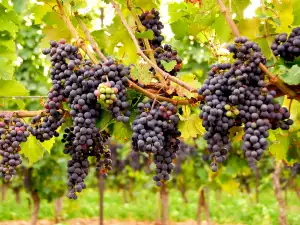
History of Nero d'Avola
This grape variety is typically Sicilian. It is believed to have been brought over by the Phoenicians, even though studies in the region around the volcano at Mount Etna show that the vines were known to the local populace before that. After the ancient Greeks began cultivating Nero d'Avola, their efforts were continued by the Romans.
The vines bear the name of the city of Avola, located in the southern part of the island of Sicily. Initially they only grew in that region but then became very famous among the locals. With its favorable climate, Sicily turned into the perfect place for preparing select wines.
At the end of the last century, winemakers decided to find the most suitable spot on the island and obtain the highest quality wine possible. They came at last to a nook located somewhere between Trapani and Agrigento.
Characteristics of Nero d'Avola
Wines produced from Nero d'Avola are distinguished by a rich ruby-red color. But if you were to look at the wine carefully, you will notice magnetic purple tones also. The fragrance of the drink is complex, reminding of violets, ginger, blackberry, cherry, raspberry, blackcurrant, chocolate. This entire cluster of aromas is complemented by the aroma of an oak barrel, barely discernible and gentle.
Wines of this grape are medium-bodied with a velvety structure. They are strong, harmonious and warm. Characteristic of them is the high content of sugar. The alcohol content in most cases is over 15% ABV.
Serving Nero d'Avola
With their velvety charm, wines from Nero d'Avola can transform a plain evening into a fantastic celebration. But to reveal its flawless charm, however, the drink needs to be slightly cooled. Usually experts recommend for consumers to aim for a temperature of about 60°F (17°C). Still, don't forget that these values depend mostly on the age of the wine, so before you serve any wine, look to its label for the recommended temperature for serving.

Nero d'Avola needs to be served in the well familiar wine glass with stem, crafted from smooth glass. The material and shape of the container allow the consumer to enjoy both the enchanting color of the wine and its fragrance.
When pouring in the wine, only fill the glass 2/3, not all the way up. Don't forget that according to etiquette, the glass needs to be held by the stem, not by the bowl. The latter would be a mistake.
Quality wine from Nero d'Avola requires it be paired with choice food. Usually in Italy it is combined with spaghetti, linguine, rigatoni, fettuccine, tagliatelle, fusilli, cannelloni and all kinds of other pastas.
A particularly enticing addition to this type of wine are juicy and aromatic lasagne, with a rich sauce and many flavorful spices such as black pepper, basil, garlic, marjoram and others. That's why we recommend combining this red grape elixir with mushroom lasagna, lasagna Bolognese, lasagna with mince and others.
This Italian wine is also drunk with risotto and sushi. It goes superbly with chicken risotto, Milanese risotto, as well as risotto with shrimp. This grape elixir can be enjoyed with game as well. Pheasant with potatoes, oven roasted pheasant, roasted quail, jellied partridge and dishes with veal, beef, pork and lamb are all fine choices. Duck and turkey would harmonize the taste of the drink wonderfully.
Of course we can't forget the cheeses. Suitable ones are Edammer, Gruyere, cheddar, parmesan. You can serve these alone with the wine or put them in a salad with fresh vegetables and croutons, generously poured on with mayonnaise, mustard or cream sauce.
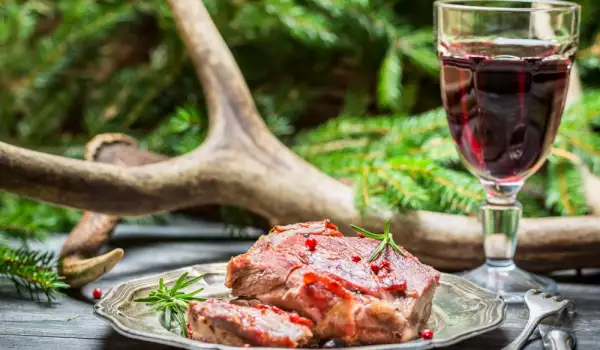
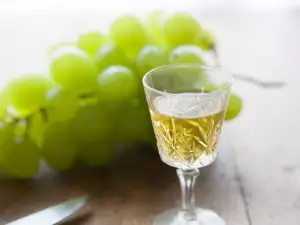


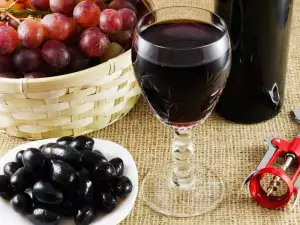



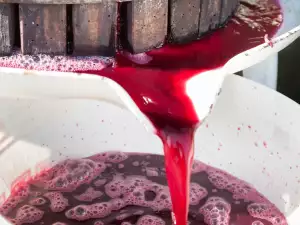
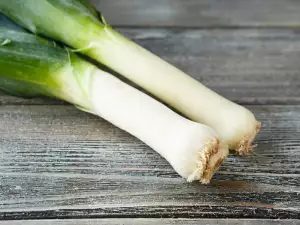
Comments